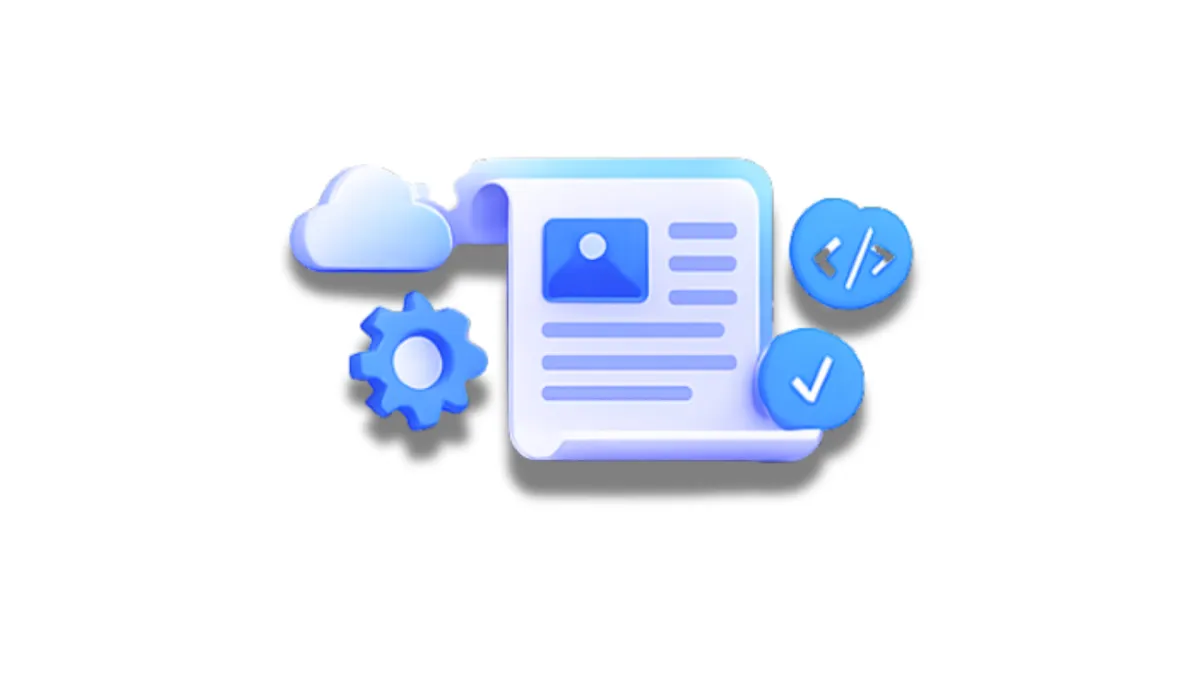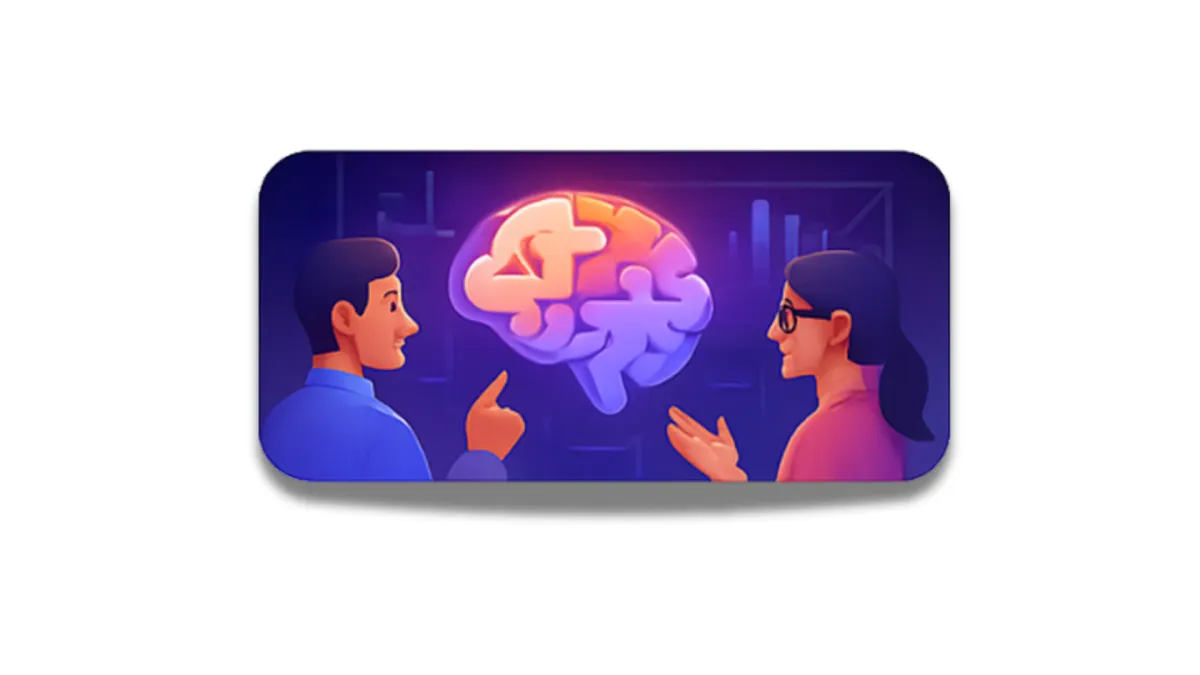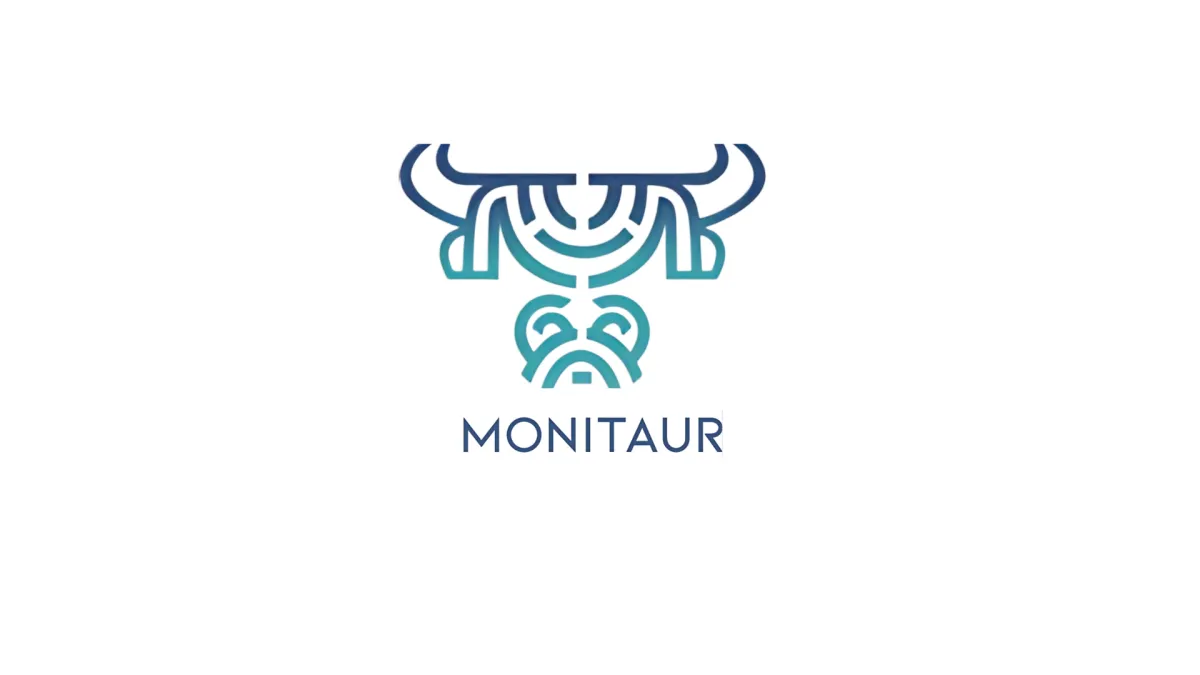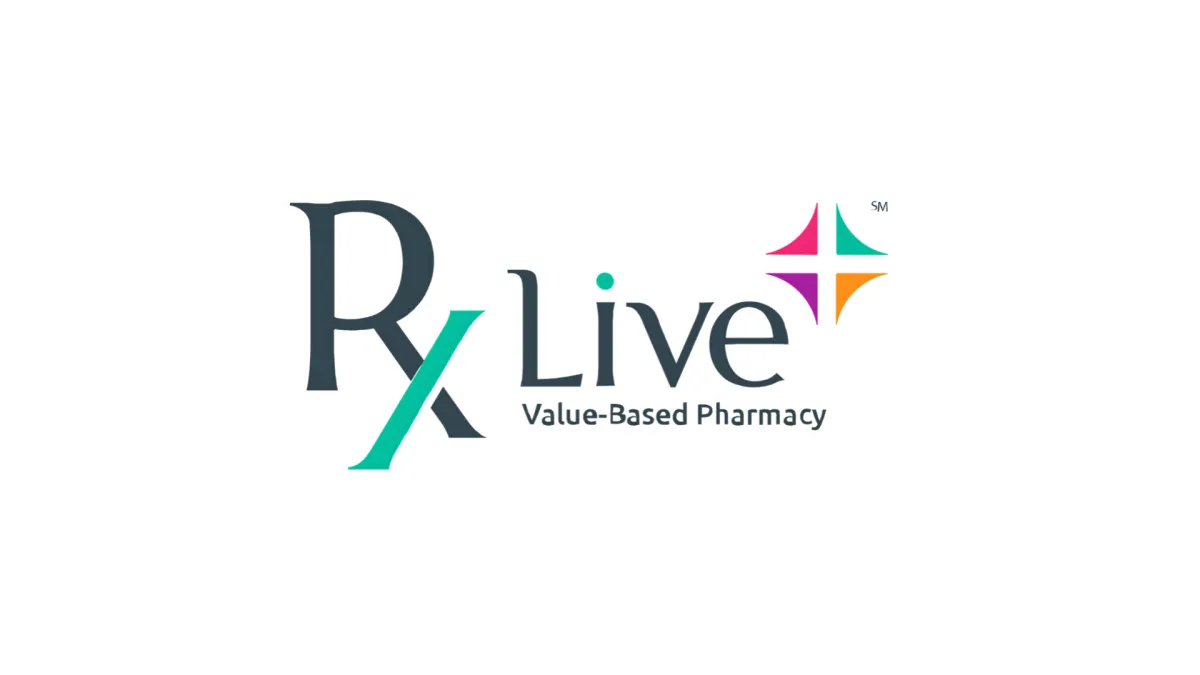WE ENABLE
SYSTEMS. PEOPLE. LOVE.
Artificial intelligence for companies that know explainable, scalable AI augmentation is the future of work.






ABOUT US
We build purposeful AI solutions that bring clarity, capability, and momentum to your mission.
Whether you’re piloting a prototype or rolling out across your org, our team helps you design and deploy human-centric AI workflows that deliver measurable results.
OUR WORK
Prior Work
Our team has delivered solutions for 100+ organizations, with clients ranging from early-stage to the Fortune 100. With deep expertise in digital transformation, technology implementation, and change management, we pull from an extensive history of proven results, since 2009.
How we can help YOU

Custom AI Solutions
Build what’s real — and what works.
We help you turn raw ideas into practical AI workflows, fast. You bring the context, we bring the structure. Together, we’ll build something that solves a real problem — and scales.

AI Literacy & Enablement
Teach your team how to think with AI — not just use it.
Our frameworks were designed to help professionals become confident AI collaborators. From workshops to custom programs, we help your people do more of the work that matters.

AI Orchestration
Solve once. Scale with purpose.
These are the kinds of problems that can’t be solved with shortcuts — but can be solved with structure. We help you design symbolic + generative AI workflows that serve people at scale, with almost no added cost.

Strategic AI Advisory
Clarity, capability, and calm.
Your technical team doesn’t need more tools — they need a map. We offer guidance that helps your builders think strategically, move responsibly, and build the kind of capability that lasts.
What Do They Say About Us?
We don’t just talk about what AI could do, we show you how to make it real.
From boardrooms to classrooms, we’ve taught our framework for AI collaboration to more than 20,000 professionals, through courses, public workshops, executive strategy sessions, and hands-on small-group cohorts.


Aynette Villareal
Provincial Project Coordinator,
DTI Rapid Growth Project
"We've been using AI for years, but with the workshop, we realized we've only known the tip of the iceberg. ChatGPT is so much more than we understood before, and it has been a remarkable eye-opener. Because we do a lot of paperwork, like research, maps, and business plans. These new insights will definitely streamline our work. I wish my entire team was here to learn and harness AI’s full potential."


Andrew Kuzmen, MBA
Co-Founder, Connexi
"The speed at which Daniel is able to come up to speed in a new company, push the team forward, and deliver results is second to none. Daniel also sets himself apart with his ability to grasp complex business challenges in a complicated matrix environment and then push for impactful solutions. Finally I would add he has an amazing ability to bring people together from all parts of the organization, communicate and train the organization on his vision then lift the team to deliver that vision is quite refreshing."


Jessie Wu
Head of ABM, Autodesk
“We were able to scale 1:1 LinkedIn ads thanks to your approach. And we recently won a multi million dollar deal with 1:1 LinkedIn ads influence!!"
Let’s Start Where You Are
Whether you're exploring AI for the first time or scaling adoption across your teams, we’ll help you build practical, responsible workflows with real impact.
@ Copyright 2025 - Elynox, Inc. | All rights reserved.







